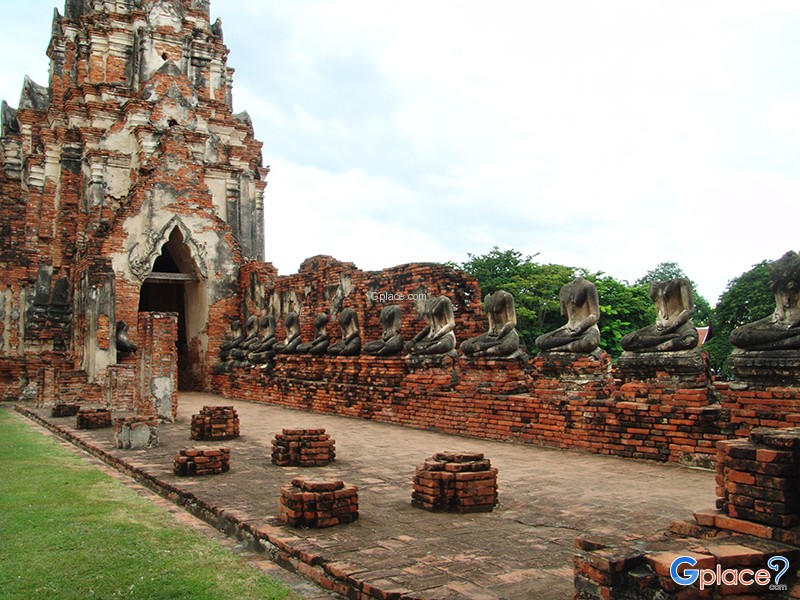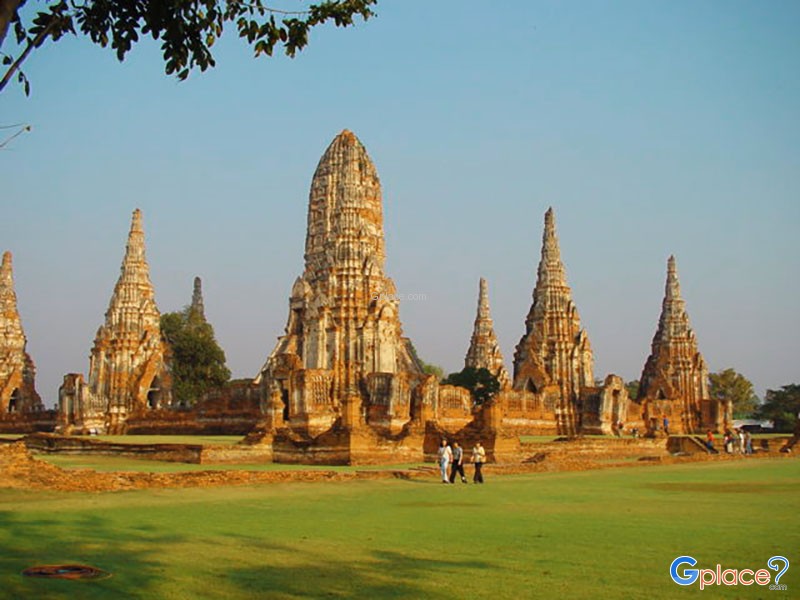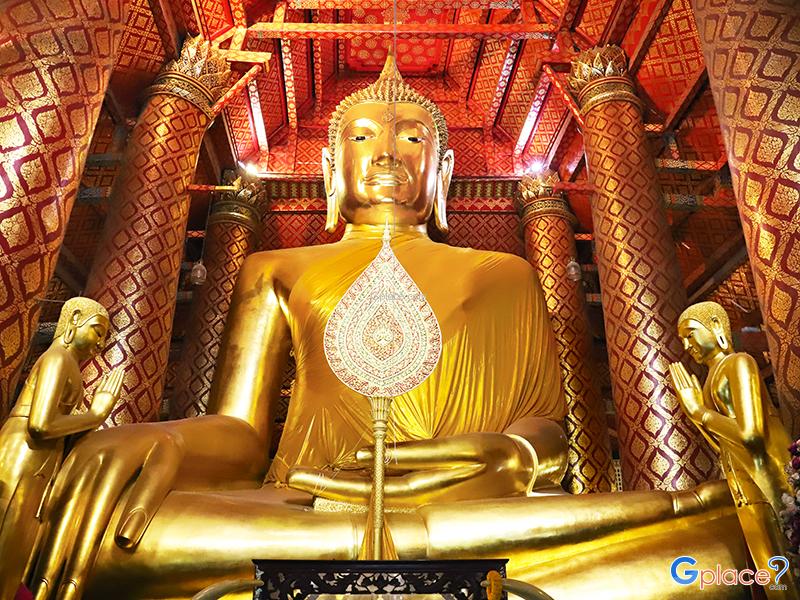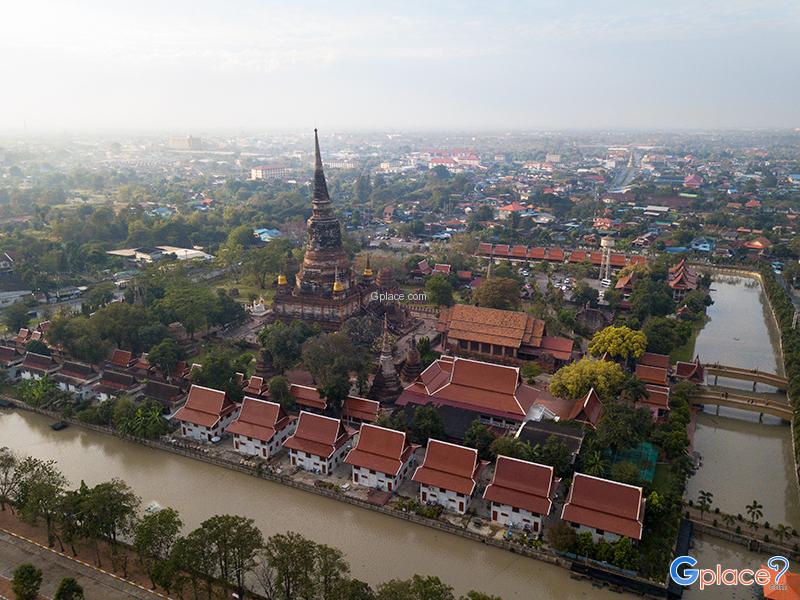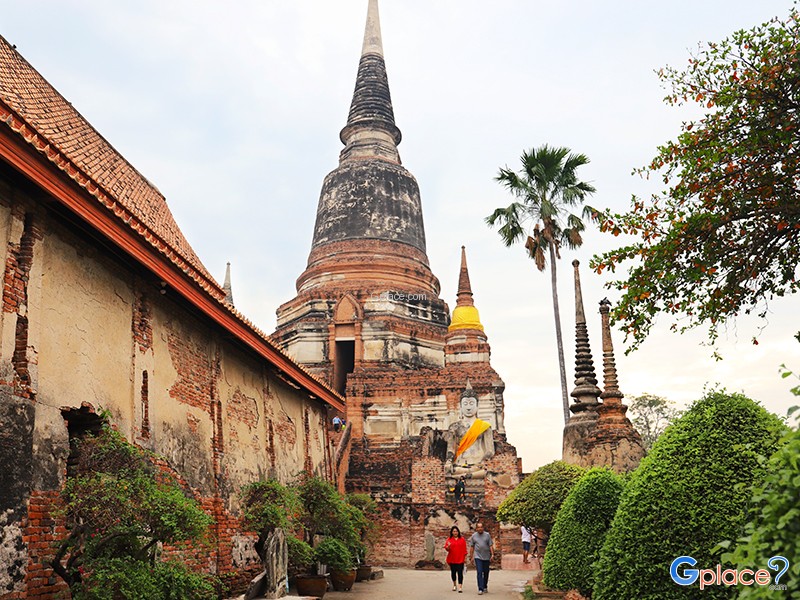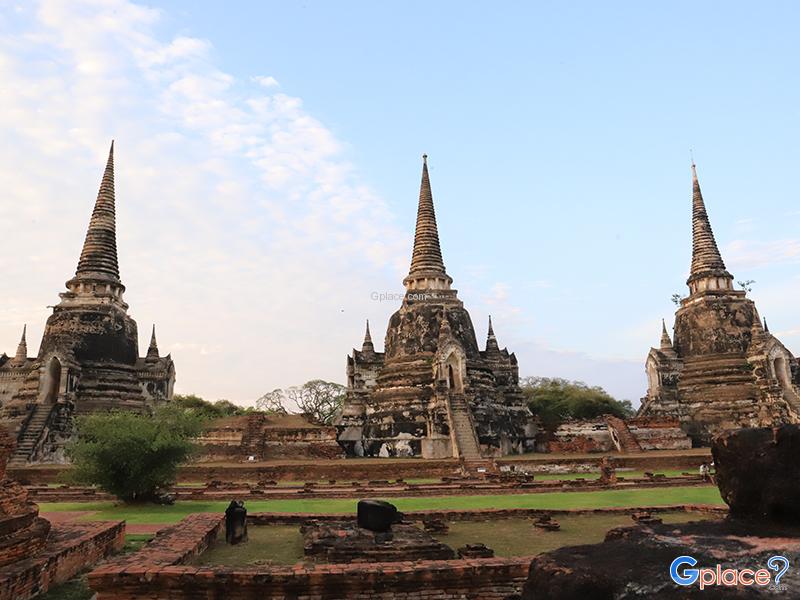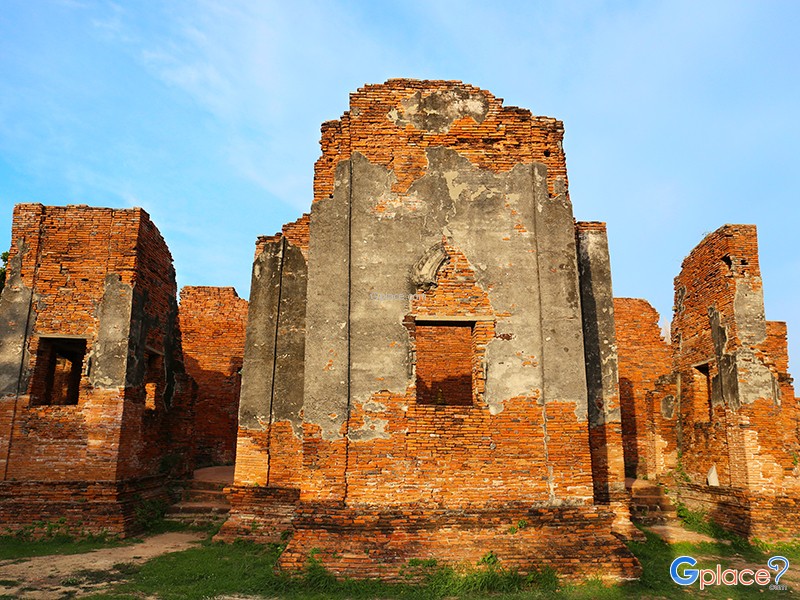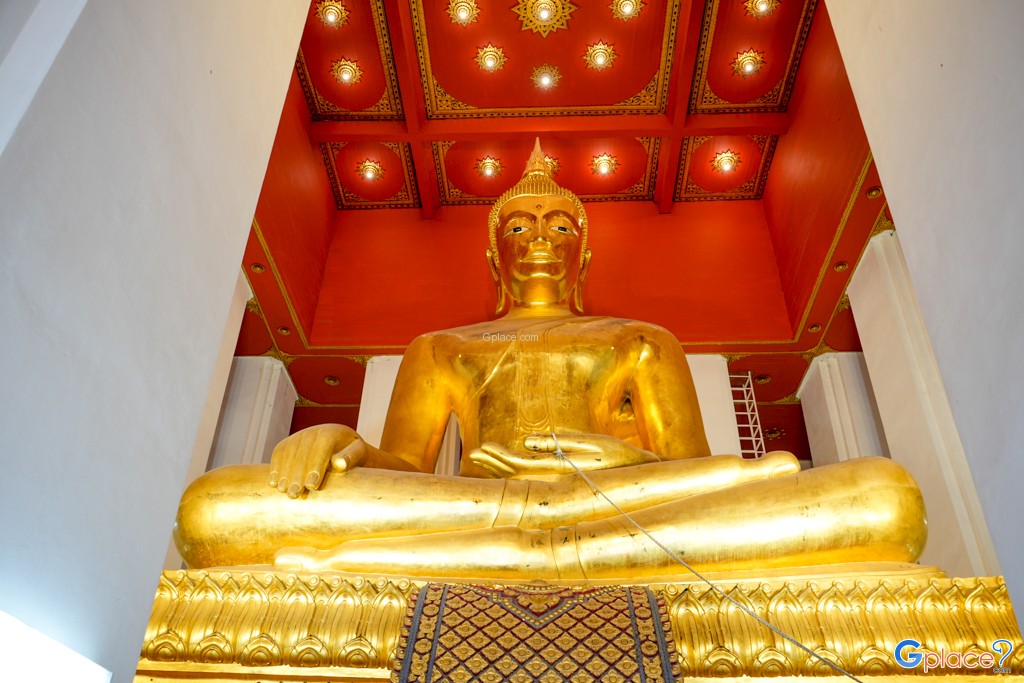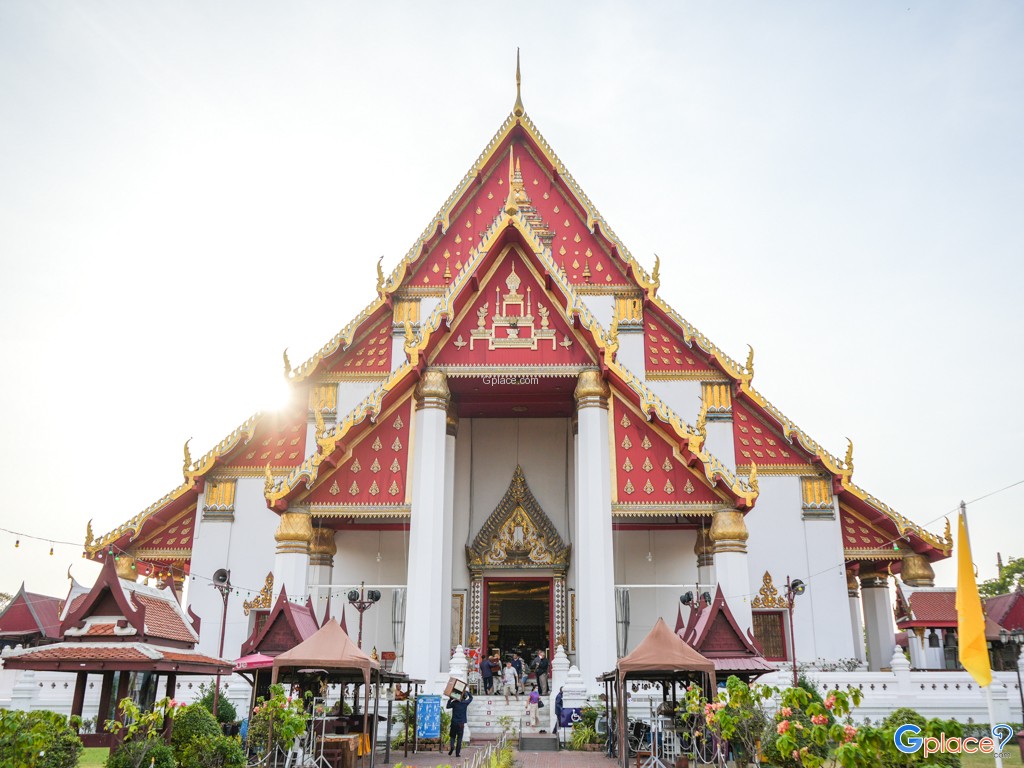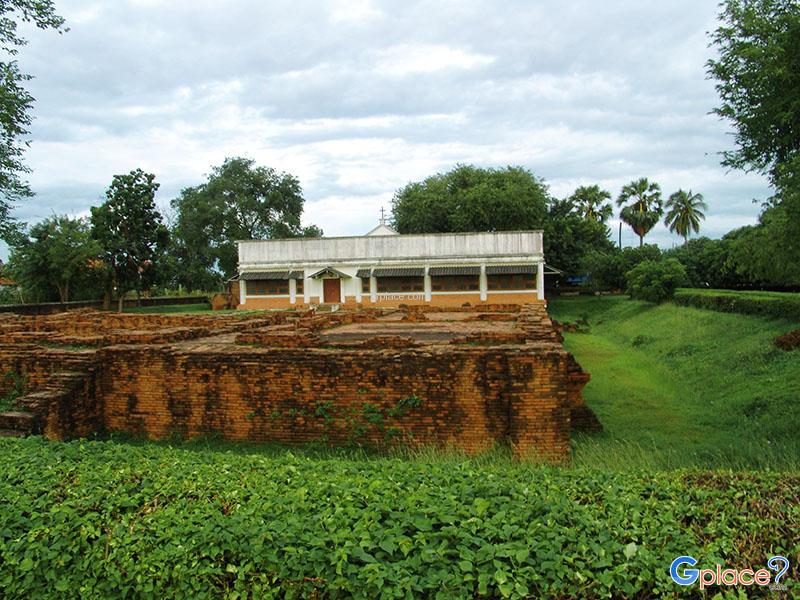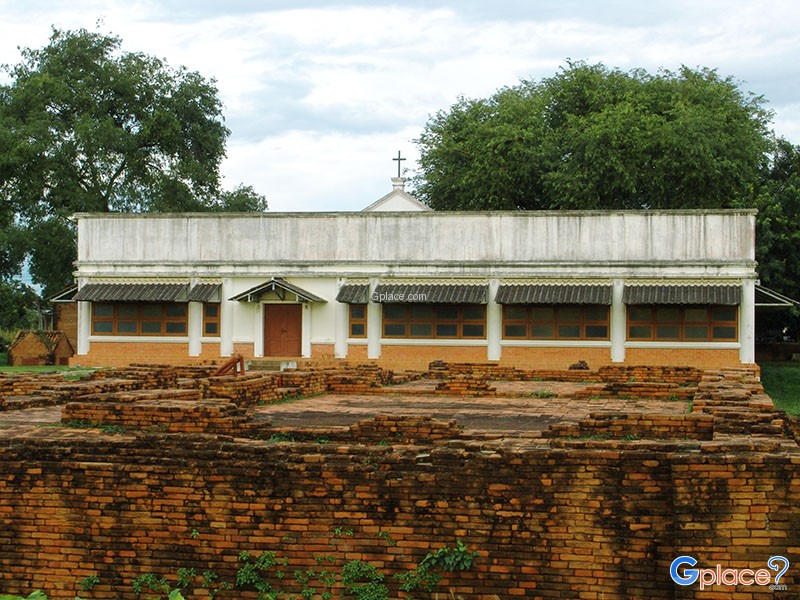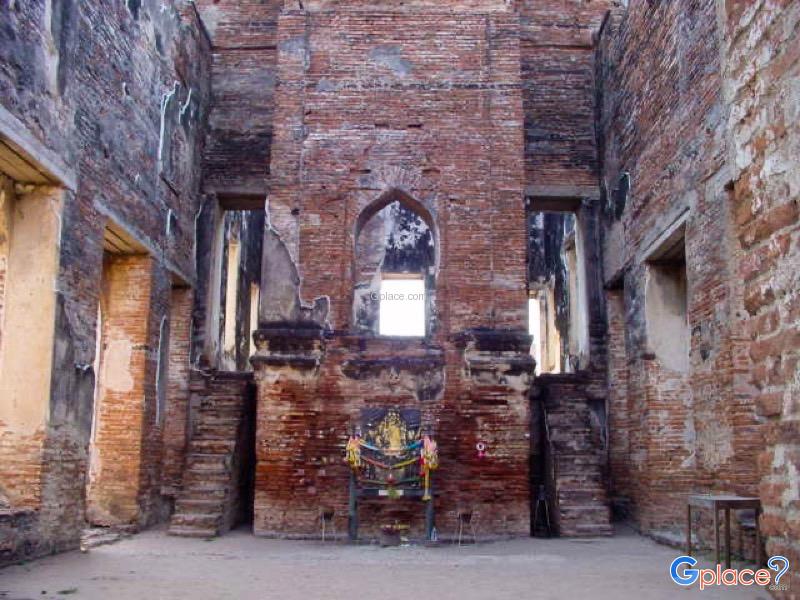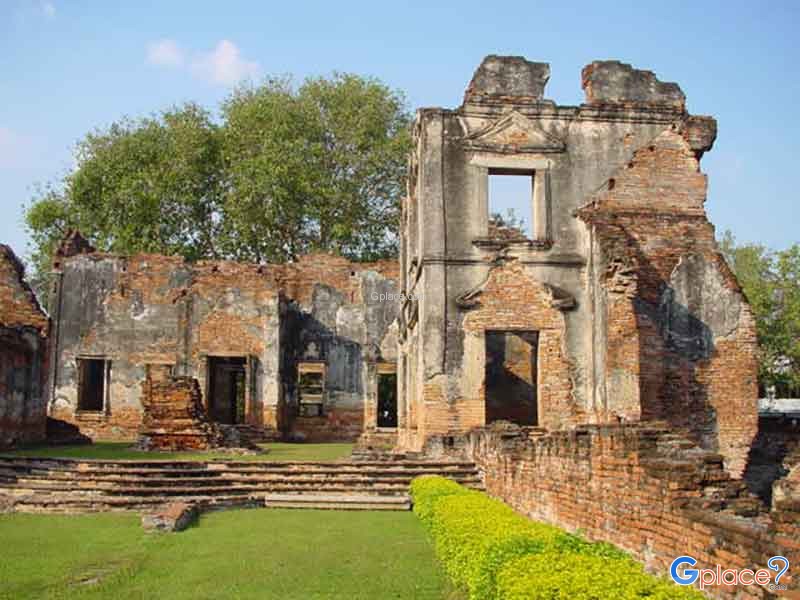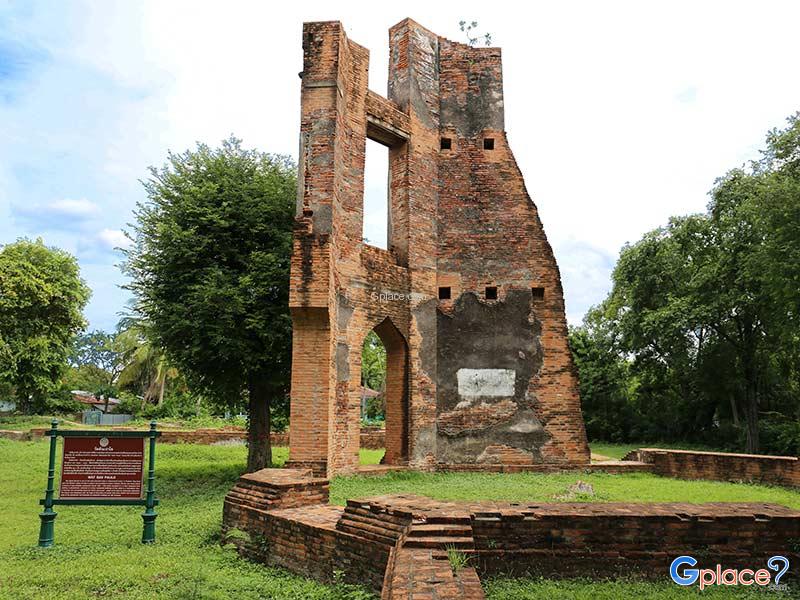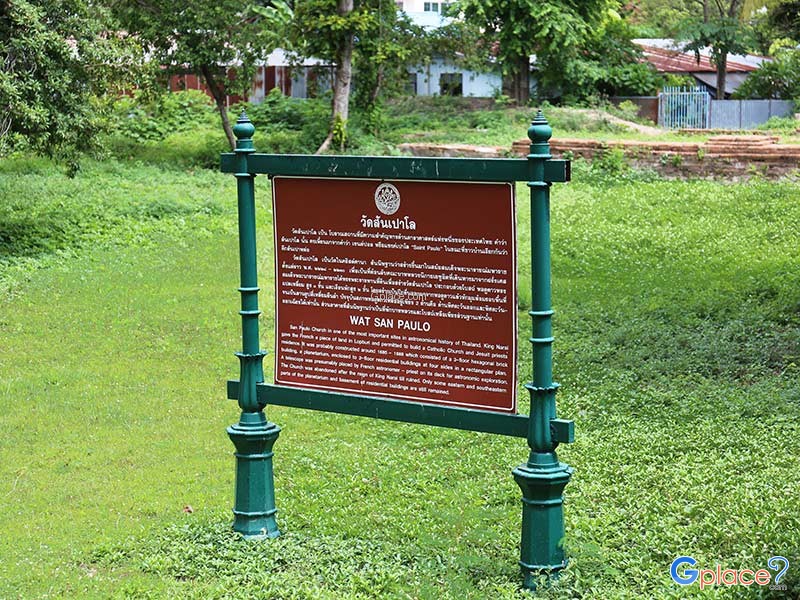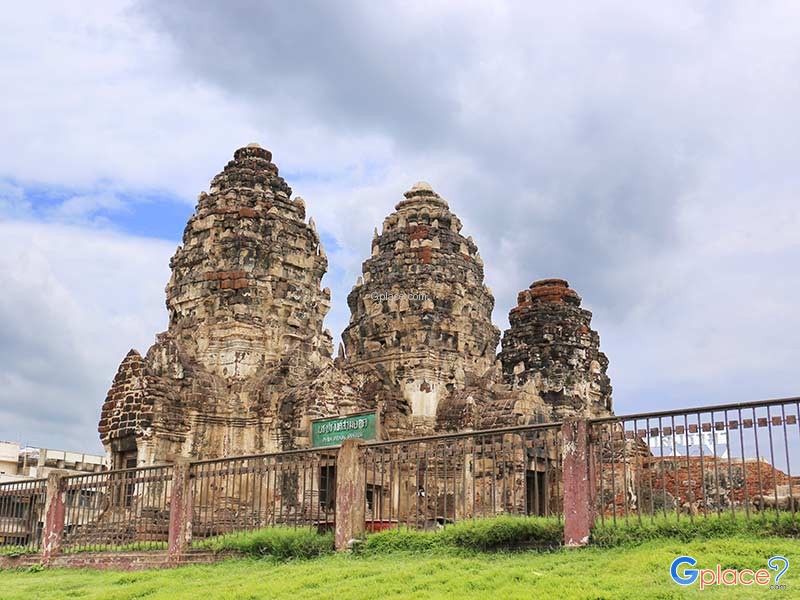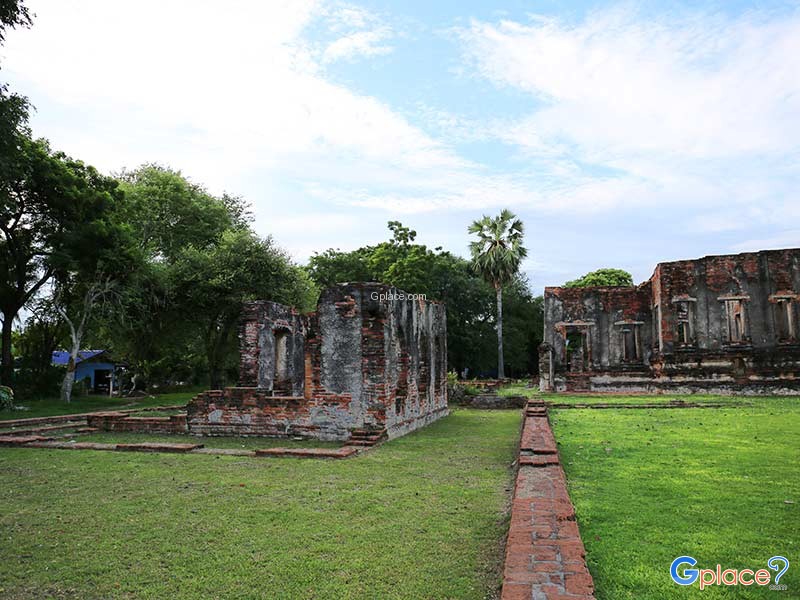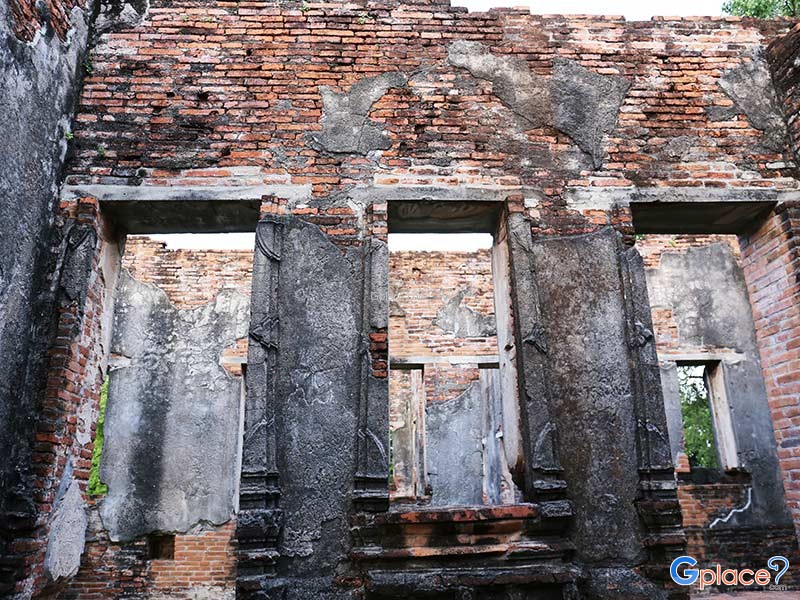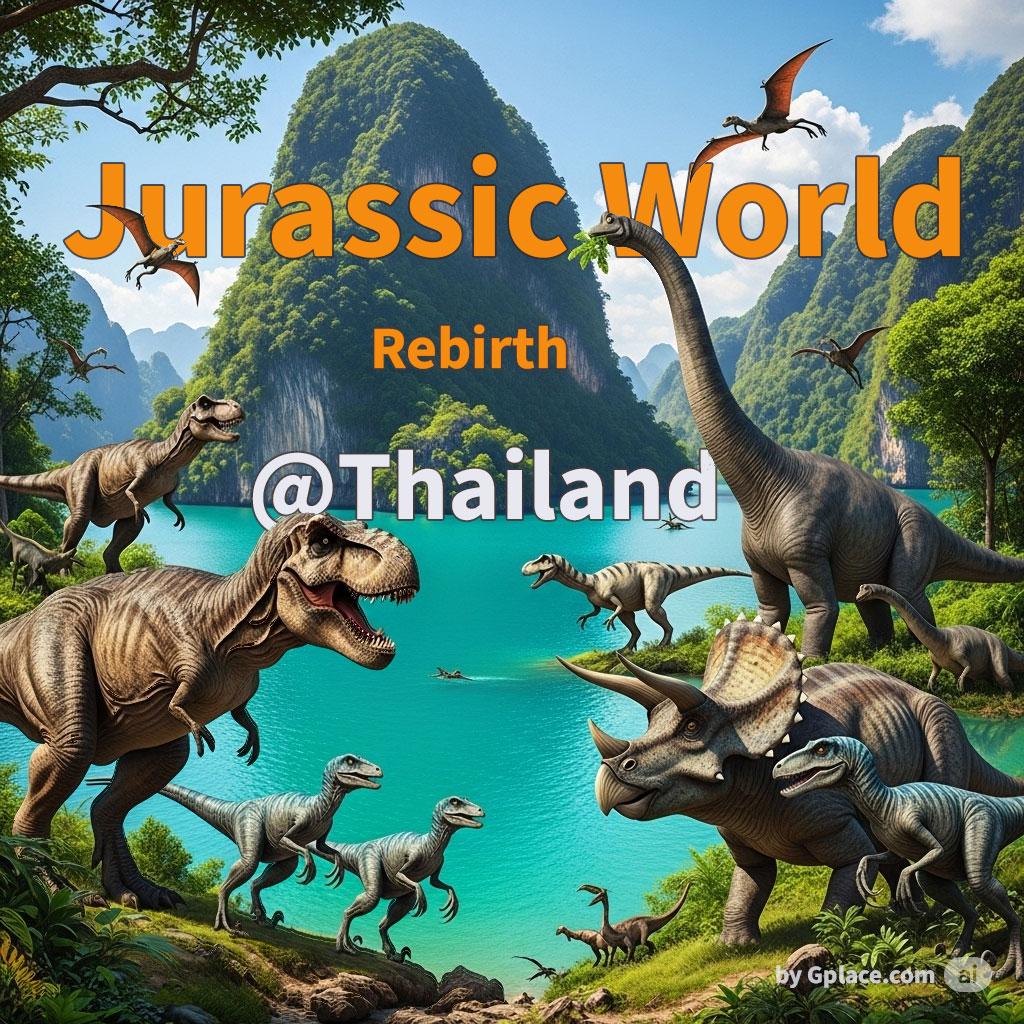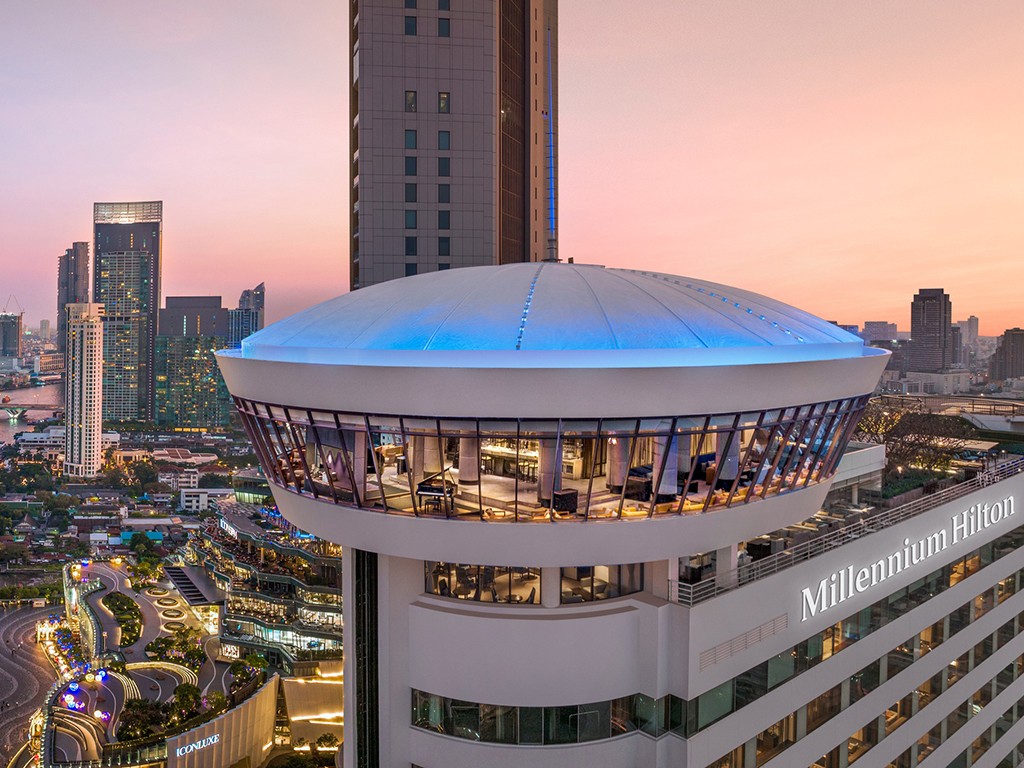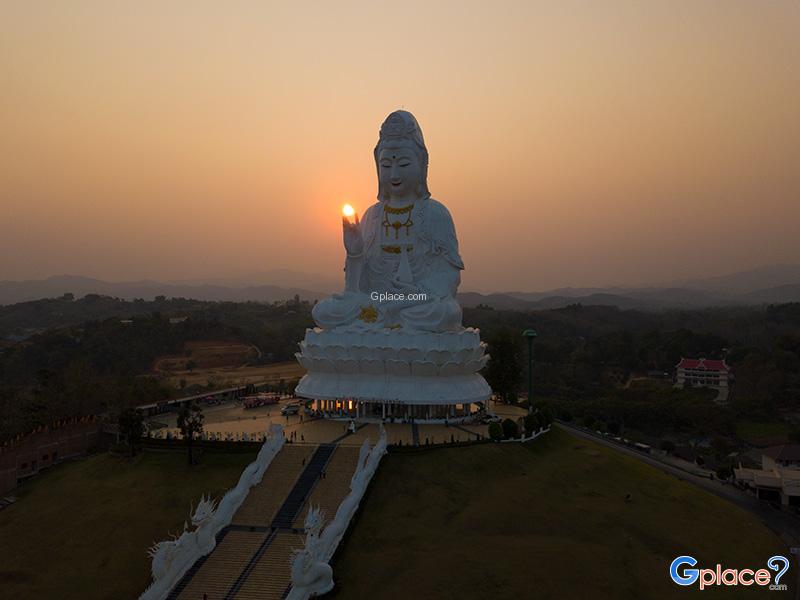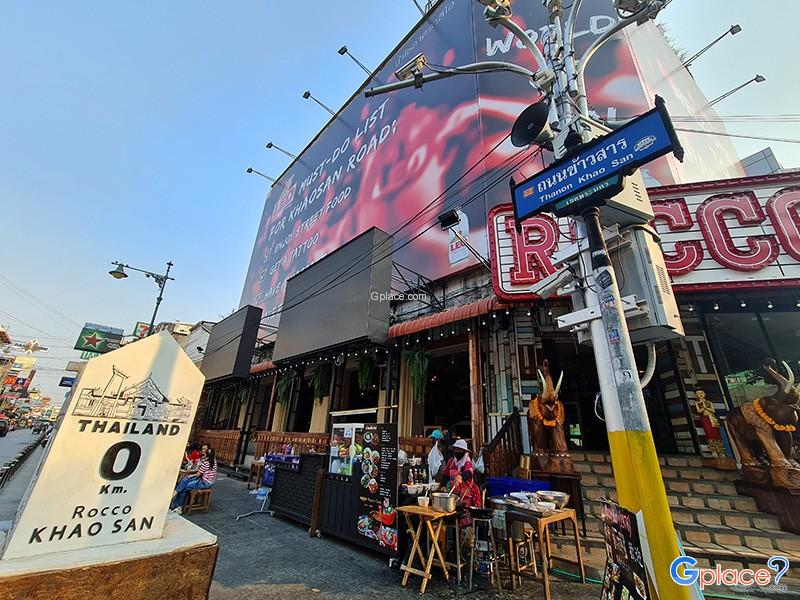
ตามรอยสถานที่ อ้อเจ้า การะเกด บุพเพสันนิวาส
 2827
2827
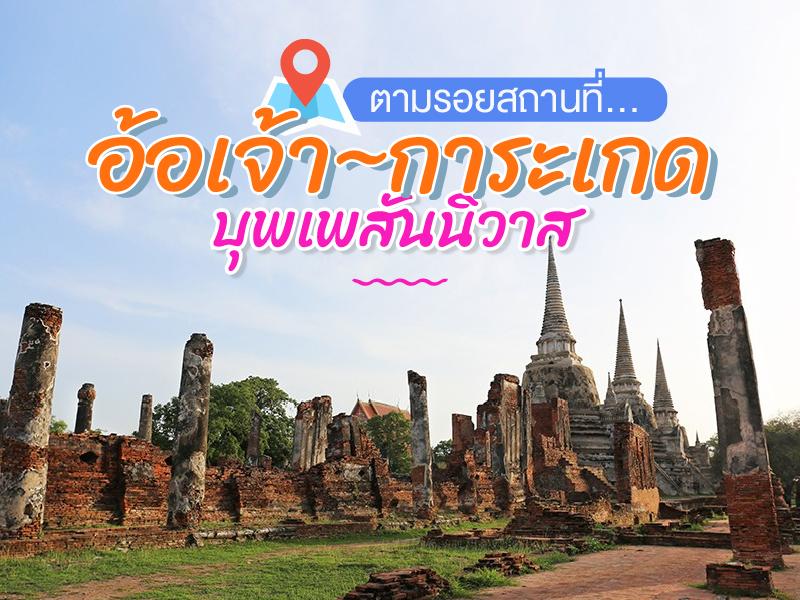 ตามรอยละครดัง บุพเพสันนิวาส อ้อเจ้าการะเกด ละครดังช่อง 3
ตามรอยละครดัง บุพเพสันนิวาส อ้อเจ้าการะเกด ละครดังช่อง 3โบราณสถานและวัด วังต่างๆ ที่ถูกกล่าวถึงในละครขณะนี้
สถานที่แรกที่ถูกเอ่ยถึงมากที่สุด เห็นจะได้แก่
วัดไชยวัฒนาราม ซึ่งอยู่ใกล้กับบ้านท่านโหราธิบดี(บ้านพระเอก) ไม่ใกล้ไม่ไกลอีกเวิ้งโค้งน้ำ คือ วัดพนัญเชิง (หลวงพ่อโต) สร้างมาก่อนสมัยอาณาจักรอยุธยาเสียอีก ไม่ไกลกันนัก มีวัดใหญ่ชัยมงคล ที่เจดีย์องค์ใหญ่ถูกสร้างสมัยสมเด็จพระนเรศวร์(ครั้งชนะศึกพม่า) ต่อด้วยชุมชนโปรตุเกส (บ้านโปรตุเกส) ฝรั่งชาติแรกที่มาติดต่อกับกรุงศรีอยุธยา ปัจจุบันเห็นแต่ซากฐานสิ่งก่อสร้าง ดูเหมือนว่าจะกลายสภาพเป็นสุสานมากกว่าหมู่บ้านในอดีต
ส่วนวังเดิมคือ บริเวณด้านหลังวัดพระศรีสรรเพชญ์ และข้างๆก็คือ วิหารมงคลบพิตร
แล้วตามต่อที่พระราชวังแห่งที่สองของพระนารายณ์ ที่เมืองลพบุรี เริ่มที่วังเก่าพระนารายณ์ บ้านหลวงวิชาเยนทร์ และโบสถ์เซนต์เปาโล หรือที่คนไทยเรียกว่า "วันสันเปาโล" สถานที่ต้อนรับคณะบาทหลวงนิกายเยซูอิตที่เดินทางมาจากฝรั่งเศส
Wat Chaiwatthanaram Built in 1630 by King Prasat Thong. He graciously ordered to build it on the site of his former home to dedicate merit to his mother.But His Royal Highness Krom Phraya Damrong Rajanubhab assumed that this temple was built as a memorial of the victory over Phnom Penh (Phnom Penh) by modeling from Angkor Wat.
Internal base architecture Wat Chaiwatthanaram There is a main prang an... read more
Internal base architecture Wat Chaiwatthanaram There is a main prang an... read more
Wat Phanan Choeng Worawihan It is a royal temple of the second class, Woraviharn type, Maha Nikaya style, built since the Ayutthaya period as the capital city. (From the testimony of the old townspeople said that it was the 15th royal temple) located in the administrative area of the Sangha of Tambon Hor Rattanachai. Located on the east side of the Chao Phraya River. South of the city island The...
read more
Wat Yai Chaimongkol is a magnificent ancient royal monastery, more than a mere place of worship. It has been the pride of Siamese people since the 13th Century. Its very existence conveys a sense of the power of the Ayutthaya Kingdom, which once expanded in all directions. From Siam to cover part of Burma to the northwest, then stretched to the east to the whole of Laos and Cambodia, and extended ...
read more
Wat Phra Sri Sanphet was originally used as a royal residence during the reign of King Rama I. Later, His Royal Trailokkanat built a new royal palace in the north and elevated the site to be the country’s principal shrine, designated for important state ceremonies. Unlike other temples such as Wat Mahathat in Sukhothai, which housed monks, Wat Phra Sri Sanphet and Wat Phra Kaew were establis...
read more
Phra Mongkhon Bophit, a large bronze cast Buddha image was originally enshrined outside the Grand Palace to the east. King Songtham commanded it to be transferred to the west, where it is currently enshrined and covered with a Mondop. Later in the reign of Phra Chao Sua, the top of the Mondop was burnt down by a fire due to a thunderbolt. Then, the King commanded a new building and the image were ...
read more
Portuguese Cemetery is located just to the south of Ayutthaya, lies the ruins of the Old Portuguese Settlement. The foundations of the old church with it's excavated cemetery makes a rather bizarre exhibit.
The Portuguese were the first Europeans to settle in Siam. They settled in Ayutthaya, the former capital, in 1511.
At this time, Portuguese were arms traders and mercenaries. They developed in ... read more
The Portuguese were the first Europeans to settle in Siam. They settled in Ayutthaya, the former capital, in 1511.
At this time, Portuguese were arms traders and mercenaries. They developed in ... read more
The palace was built in 1665 and 1677, when King Narai the Great decided to make Lop Buri the second capital of the Ayutthaya Kingdom. Although the buildings were designed by with the contributions of French architects, the Khmer influence was still strong. The Palace was a perfect blend of the both world, an awesome mixture of Khmer-European styles. After the death of King Narai the Great in 1688...
read more
The Vichayen House was built at the royal command of King Narai the Great. It initially served as a residence of Chevalier de Chaumont, the first French ambassador to Thailand during the reign of King Louis XIV. Later on, it was occupied by the Greek, Constantine Phaulkon, who later became King Narai's advisor and was granted the position of royal minister - Chao Phraya Vichayen. Located just 300 ...
read more
A Jesuit Church founded by the Portuguese during the reign of King Narai the Great, Wat San Paulo is situated approximately 3 kilometers east of town, off of Ramdaecho Road. The word San Paulo was probably dubbed by Thais especially when they pronounced Saint Paul or Saint Paulo in Thai style. Visible in the site are the remains of a brick wall and stucco tower, as well as an octagonal, 3-story, o...
read more
Located on Vichayen Road, approximately 200 meters from the railway station, Phra Prang Sam Yot is Lop Buri’s best known landmark and provincial symbol. A former Hindu Shrine built in the 13th century in the classic Bayon style of Khmer architecture, the compound comprises three prangs (towers) linked by a corridor. The three laterite and sandstone spires decorated with classic stucco are ...
read more
Commonly known as Phra Thinang Yen, the Hall is located on an island in a dried up lake, Thale Chupson, which once supplied fresh drinking water to the people of Lop Buri. Kraison Siharat Hall was used as the residence of King Narai, Jesuits and envoys of King Louis XIV of France when they came to witness a lunar eclipse on 11 December, 1685...
read more

















